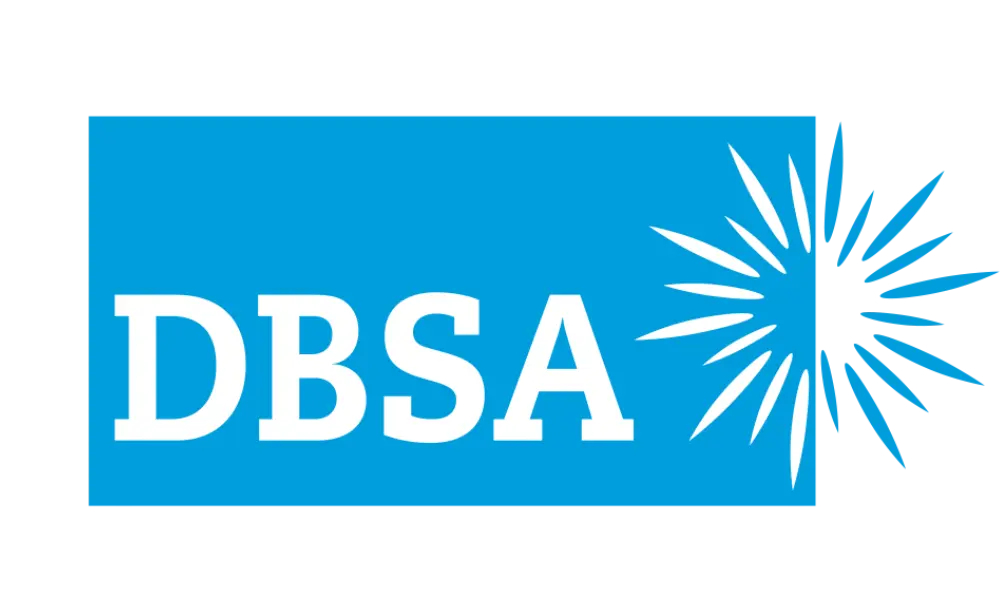Learn About
Advocacy
The word means different things to different people, ranging from holding a bake sale for a local school to helping a person fight for their legal rights. Two common forms of advocacy are personal and community.
Many peers already advocate for themselves while navigating their everyday life. Starting or attending a DBSA support group, questioning a health insurance explanation of benefits, and sharing life experiences as a person with a mood disorder are all expressions of self-advocacy.
While DBSA participants have a long history of championing personal advocacy, we have also been at the forefront of supporting peers in determining needs and best practices for delivery and access to mental health services. Taking action to influence public policy at the state and federal level is the goal of this type of community advocacy.
Types of Advocacy
1. Personal Advocacy
When individuals stand up for their individual rights or needs. Within DBSA, this refers to insisting that your doctor, your insurance company, your public health care an,d any other providers adhere to the standards of mental health parity, continuum of care and least restrictive treatment.
2. Legislative Advocacy
Supporting or opposing bills currently in the legislature (state assembly or state senate or Governor’s office) which affect mental health care, legal rights for those with mental illnesses or mood disorders; this could be by calling or writing to lawmakers signing or distributing petitions, or other forms of influencing elected officials.
3. Systems Advocacy
Attending (and or testifying at) meetings of state agencies such as the Department of Health Care Services (DHCS), the Mental Health Services Oversight and Accountability Commission (MHSOAC), local behavioral health boards, or other such agencies.

